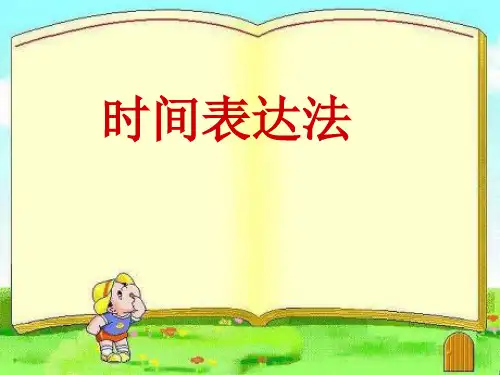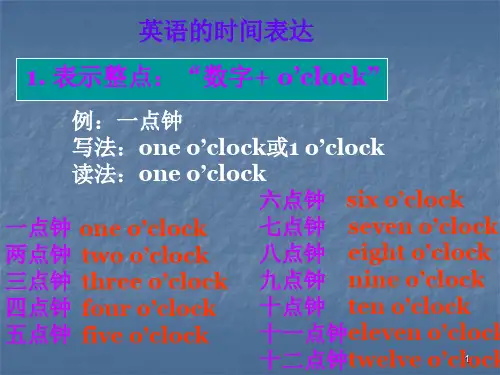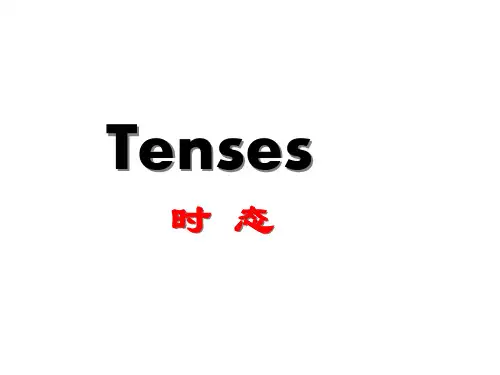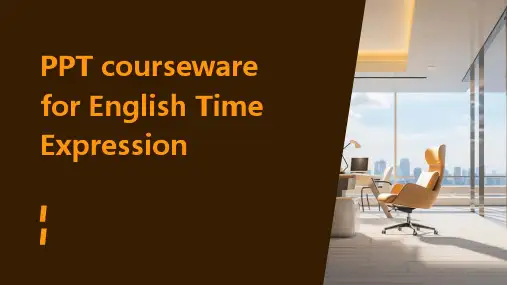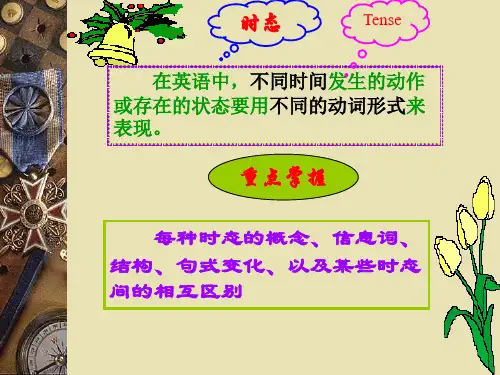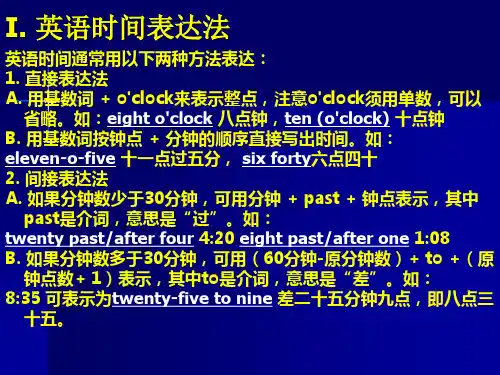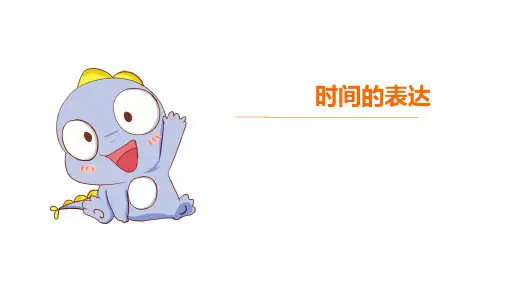He has not worked yet.
We have not worked yet.
Have you worked yet? You have not worked yet.
They have already worked. Have they worked yet? They have not worked yet.
如果陈述句没有be或情态动词,反意疑问句则用助动词do(does)或者 did, have, has, will, shall 等助动词。 (1) John likes tea, doesn’t he? Yes, he does. No, he doesn’t. (2) She didn’t tell you, did she? Yes, she did. No, she didn’t. 二 当陈述部分有hardly(几乎不), seldom(很少), few, little, no, never, nothing, nobody, nowhere 等否定词或半否定词时, 反意疑问句部分要用肯定形式。 1) You hardly know her, do you? 2) He has little money, does he? 如果陈述句部分是带有否定前缀或后缀的介词或者形容词时,反意疑 问句部分仍用否定结构。 1) It’s impossible for him to make such a mistake, isn’t it? 他 不可能犯这样的错误,是吗? 2) He felt unhappy yesterday, didn’t he? 3) Jenny looks unlike her uncle, doesn’t she?
二) 意义(用法)
1. 动作在过去发生,但是对现在有影响(或结果),而这种影响(或结果)却 往往是说话人兴趣所在,所以后面常常不出现具体的时间状语。而出现一些 不够明确的副词或介词短语。例如, just, already, yet, recently, before, lately, never, ever, in the past.
